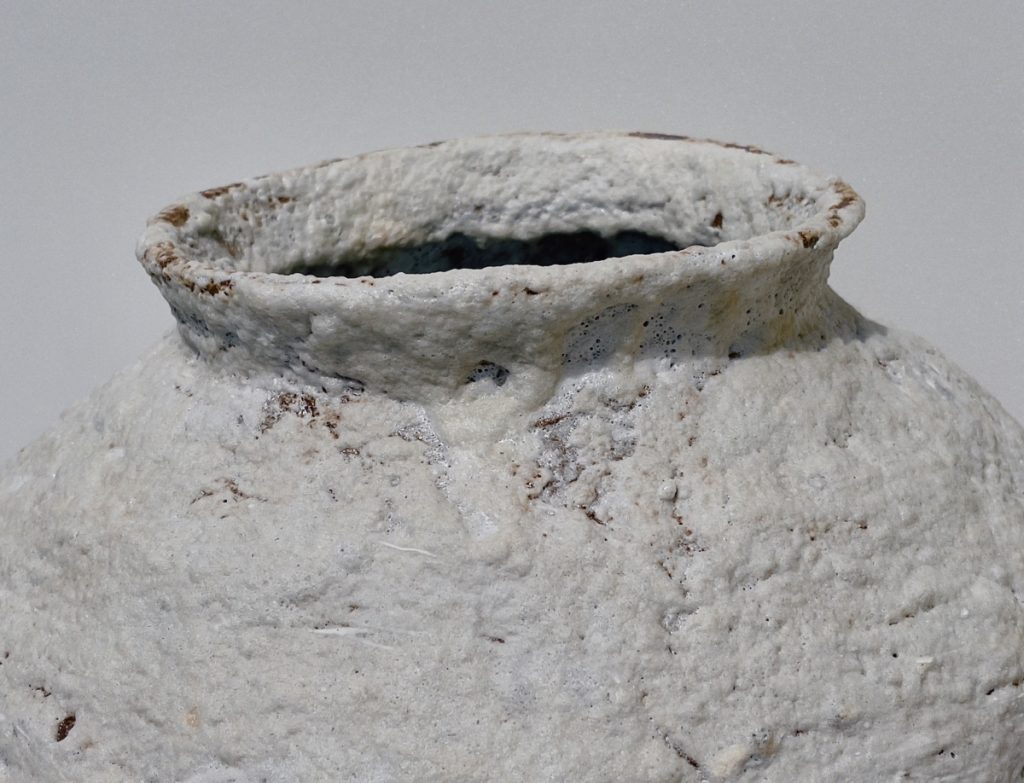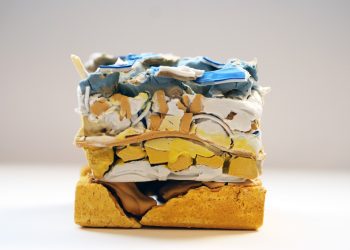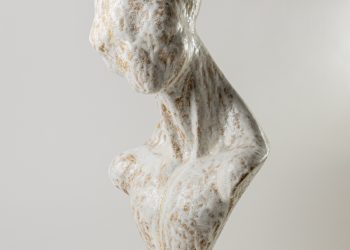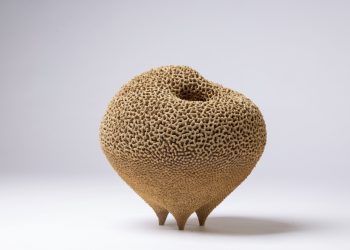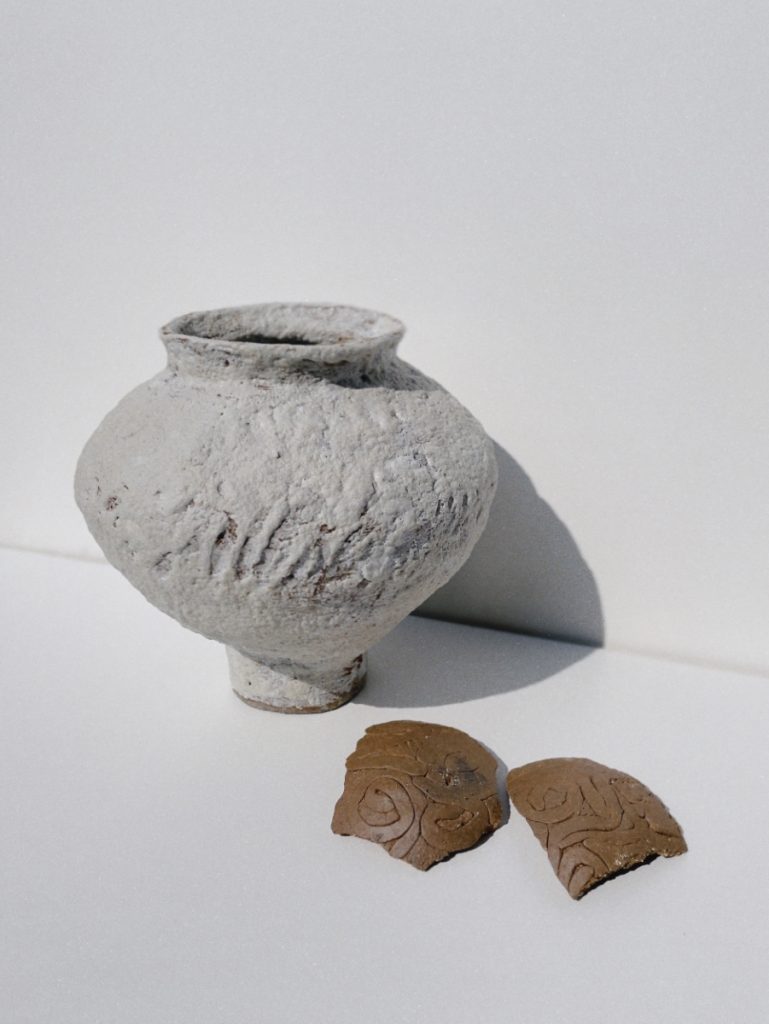
Origin, 2021, Terracotta, Shino Glazes, 25,5 x 24 x 24,5 cm 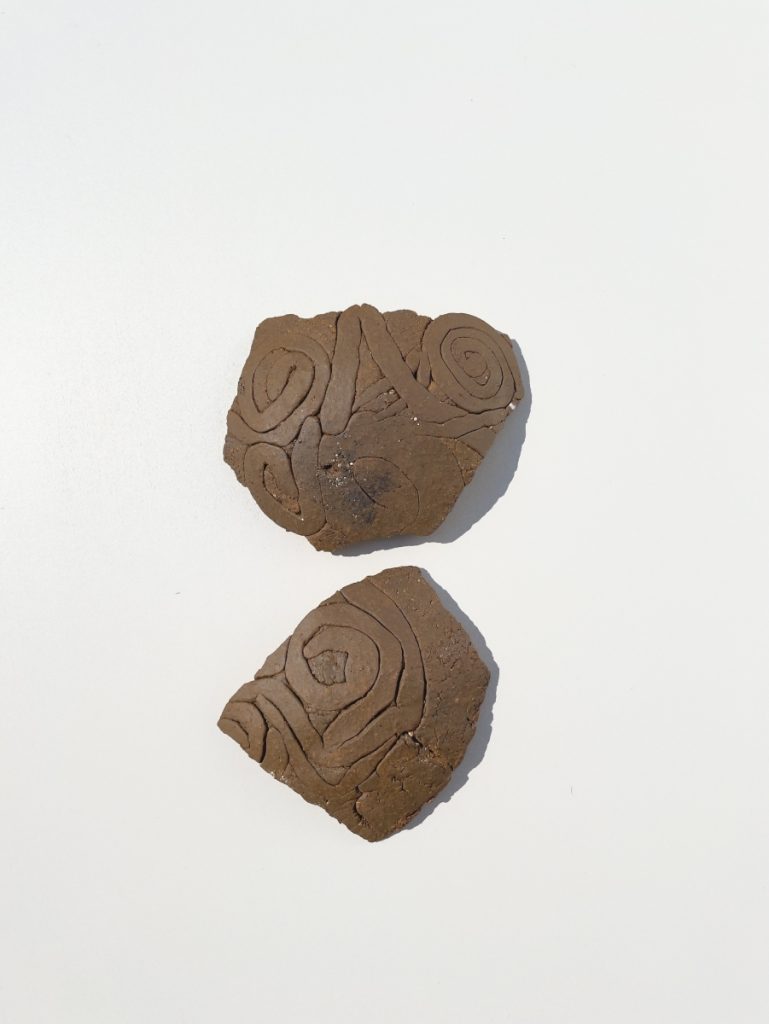
Origin, 2021, Stoneware, 9 x 11 cm 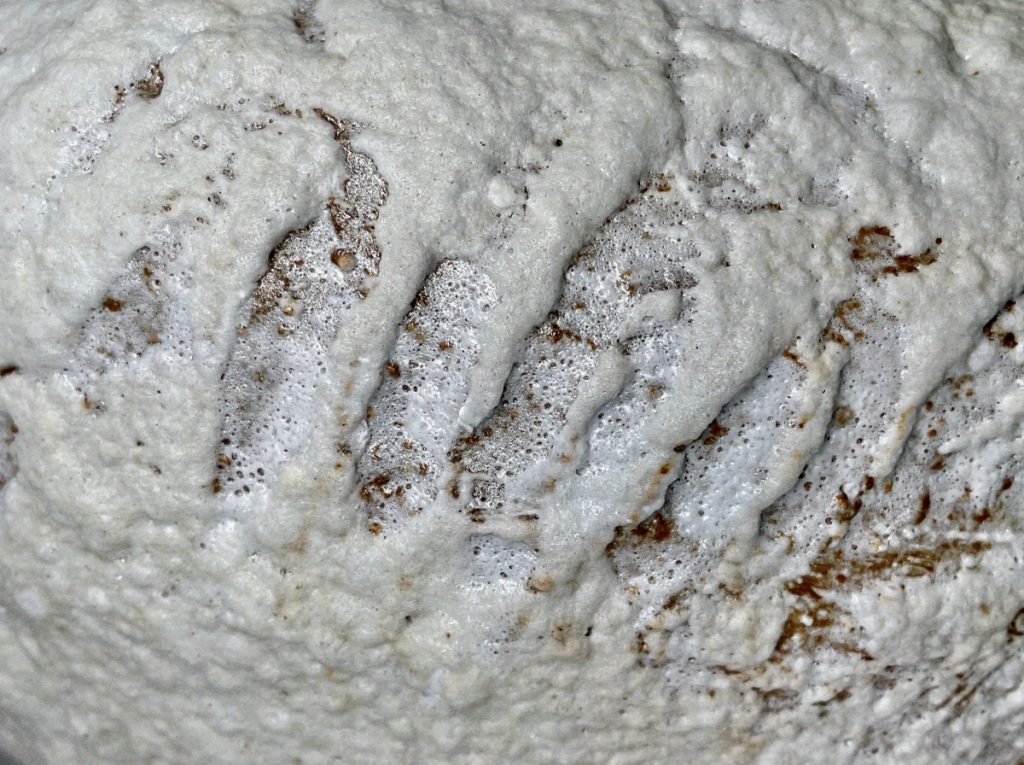
Origin, 2021, Terracotta, Shino Glazes, Glaze Detail 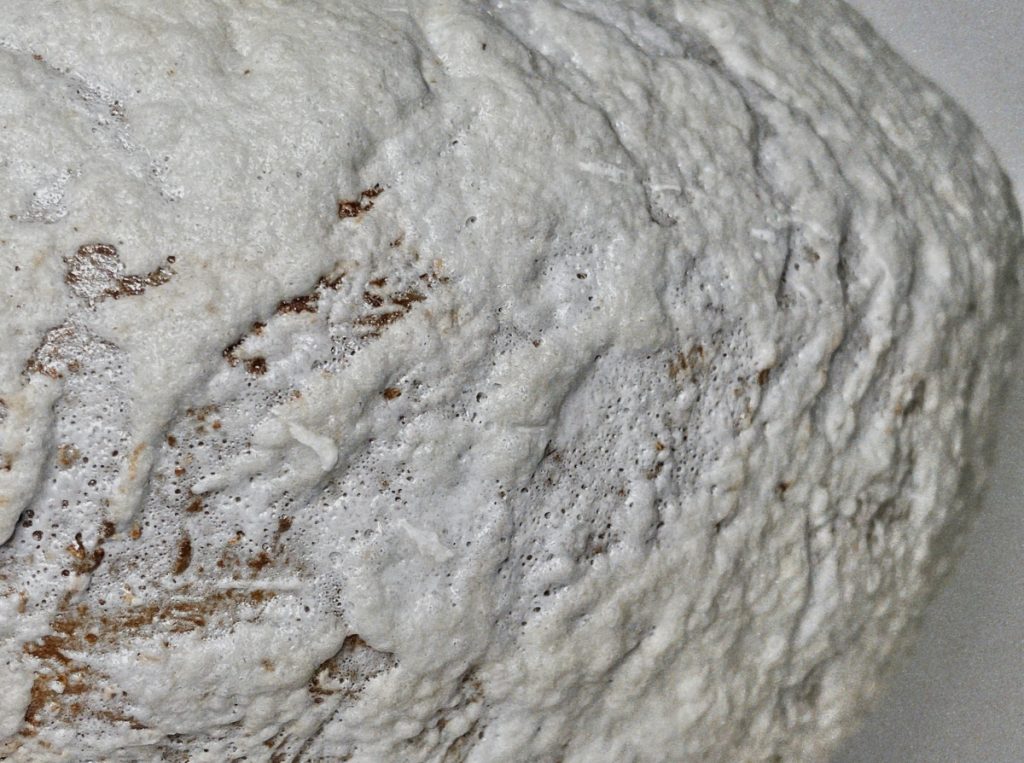
Origin, 2021, Terracotta, Shino Glazes, Glaze Detail 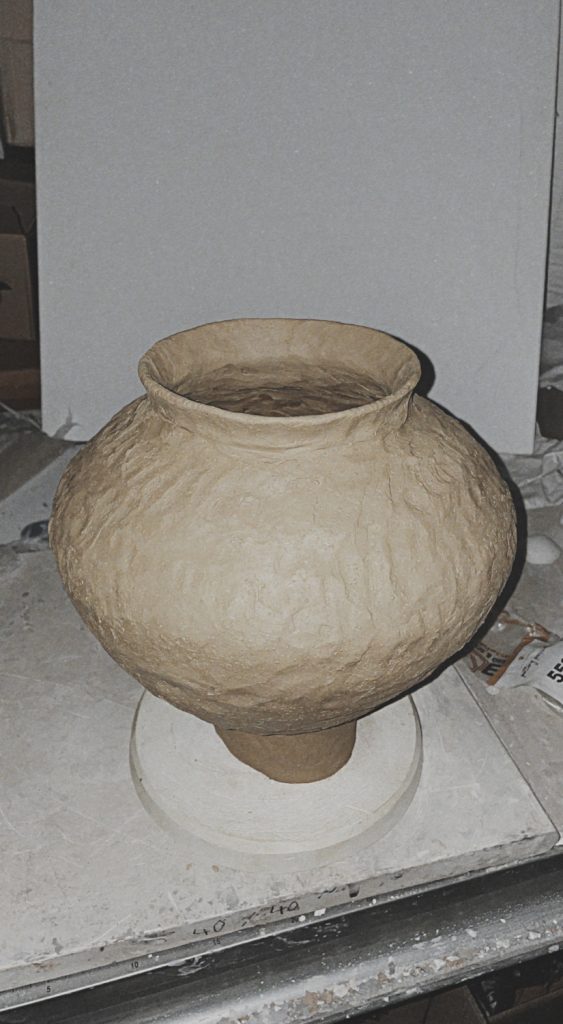
Origin, 2021, Terracotta, 25,5 x 24 x 24,5 cm, Drying 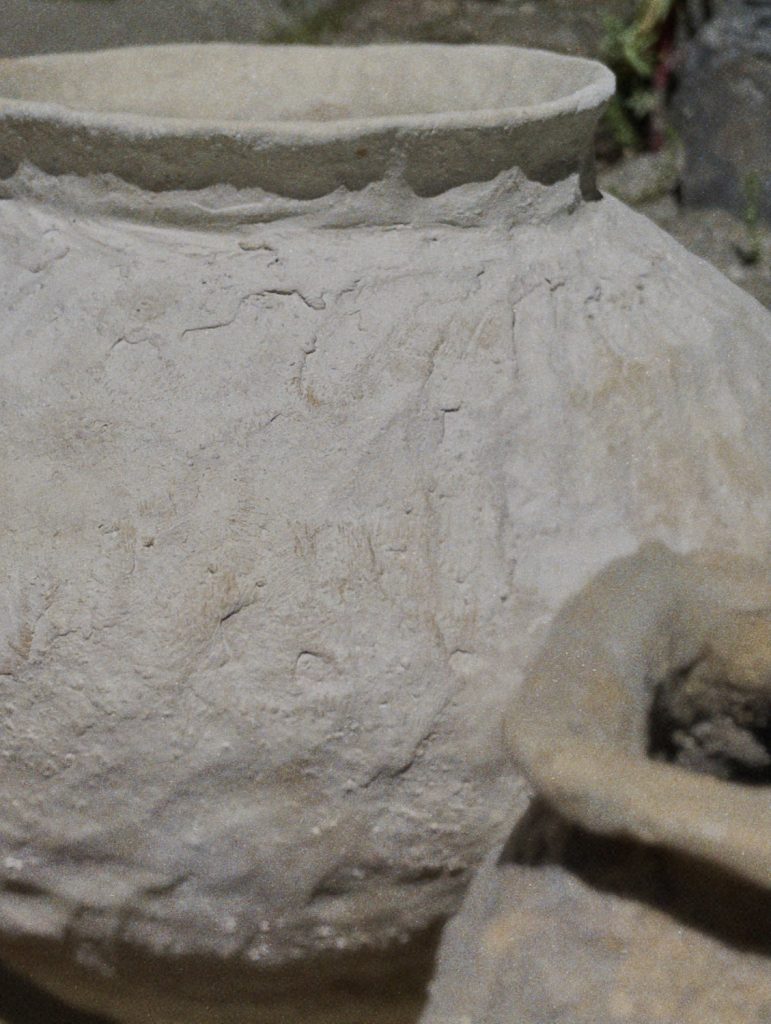
Origin, 2021, Terracotta, Reactive Slip, 25,5 x 24 x 24,5 cm
Lisa Geue: Origin, 2021
Origin was the artist’s first contact with traditional shapes of vessels and the ancient coiling technique that has been used to create functional vessels since 14,000 BC. Pottery from the Jōmon period in Japan (c. 14,500 – c. 300 BCE) were sources of reference for form and building technique. The title refers to the Jōmon period as the earliest major culture of prehistoric Japan, characterized by pottery decorated with cord-pattern (jōmon) impressions or reliefs, but also to the artist’s first coiled- built vessels, her first body of work in general. Having a wide body, smaller neck and again a wider mouth, Origin explores recurring anthropological shapes of vessels and modern aesthetics of an artifactual character. The remnants of a smashed bowl appear as if they are artifacts of this Neolithic culture. They are to be seen as a direct reference to the Jōmon period and its influence on this work. By creating and using a traditional Shino glaze, Geue emphasizes the reference to traditional Japanese pottery. In applying multiple layers of glazes, different textures evolve, both building up or leaving craters, cracks and holes. Shino glazes crawl, bubble and build up and so these glazing processes resulted in highly textured surfaces that can be associated with sea froth, coral reefs and coastal sediments and their weather-related degradation.
The Vessel has become an archetypal symbol through the eras in human existence, for their craftsmanship and spiritual rituals. With becoming a main focus in Geue’s work, the vessel and its archetypal status receive a primary role.
Origin is the precursor to No Greater Reef.


